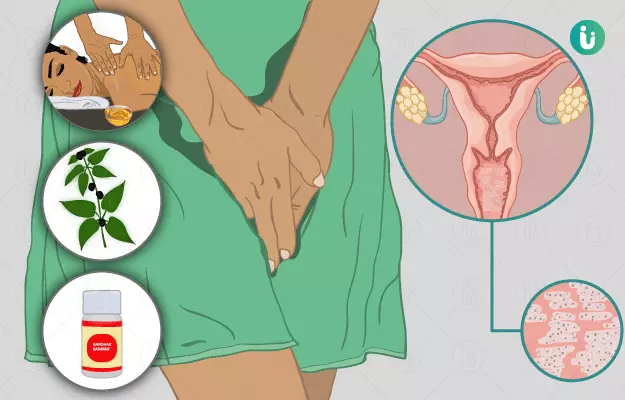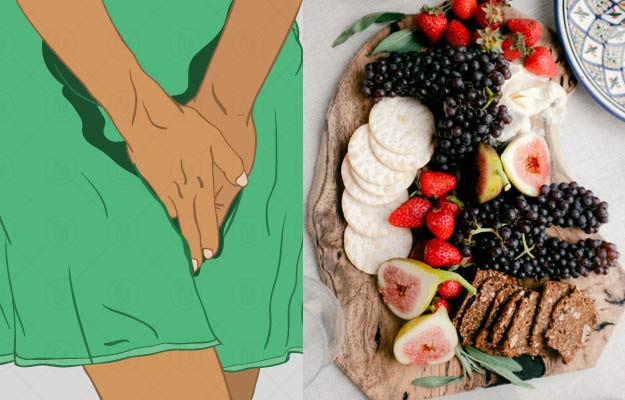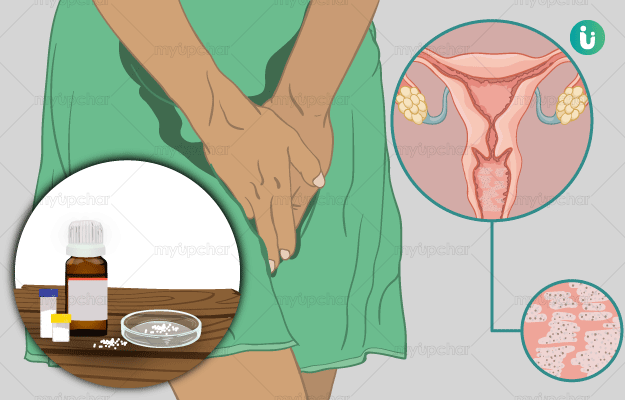Vaginal yeast infections are some of the most common problems in women. It is a type of fungal infection that occurs due to a disruption in the microbial flora of the vaginal area. These infections are usually characterised by abnormal vaginal discharge and itching in and around the vagina.
More frequently than not, a fungal infection in vagina is caused due to abnormal growth of Candida albicans, a yeast that makes the natural flora of vagina. Candidiasis equally affects women of all ages, and about 75% of women experience candidiasis at least once in their lifetime. If left untreated, candidiasis can lead to other vaginal conditions like leucorrhoea. Hormonal therapies, certain antibiotics and HIV are some of the factors that increase the risk of candidiasis.
In Ayurvedic texts, candidiasis and other female reproductive conditions are listed under yoni vyapat (diseases affecting the vagina). Panchakarma (five therapies) methods of snehana (oleation), abhyanga (oil massage) along with local treatments of pichu (medicated tampons) are used for the treatment of vaginal yeast infections. Antifungal herbs such as manjishtha (Indian madder) and daruharidra (Indian beriberi) are beneficial in suppressing the growth of vaginal yeasts.
Ashtanga hridaya, one of the major ayurvedic texts, mentions some dietary recommendations like inclusion of yava (barley), taila (oil) and pippali (long pepper) in the daily diet to promote recovery in vaginal yeast infections. Maintaining local hygiene further helps in preventing and managing vaginal infections.























